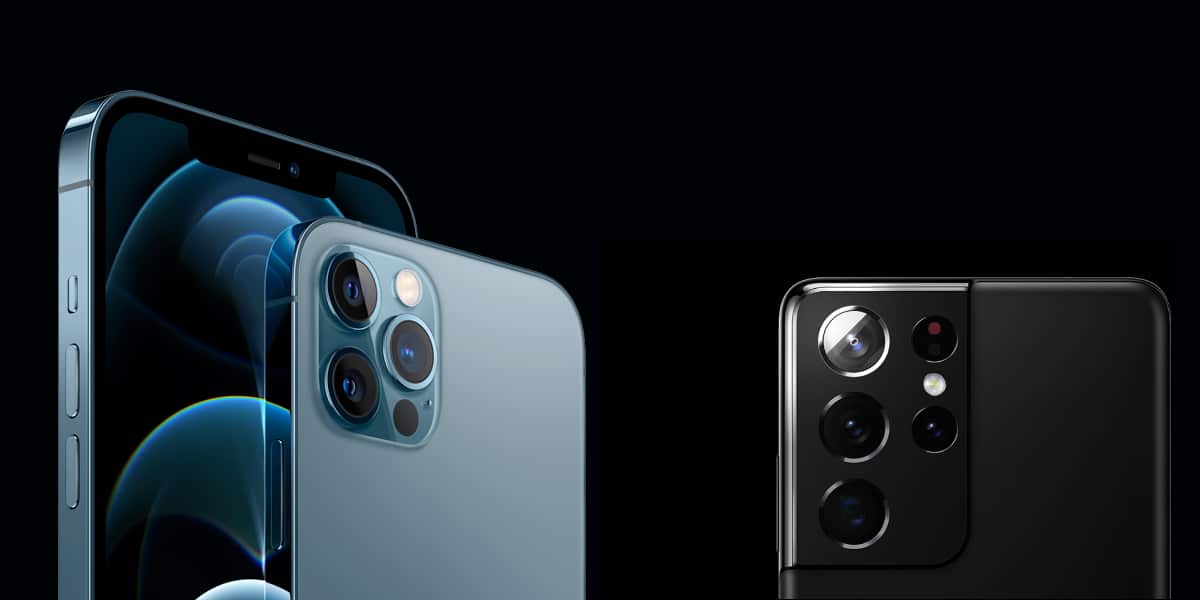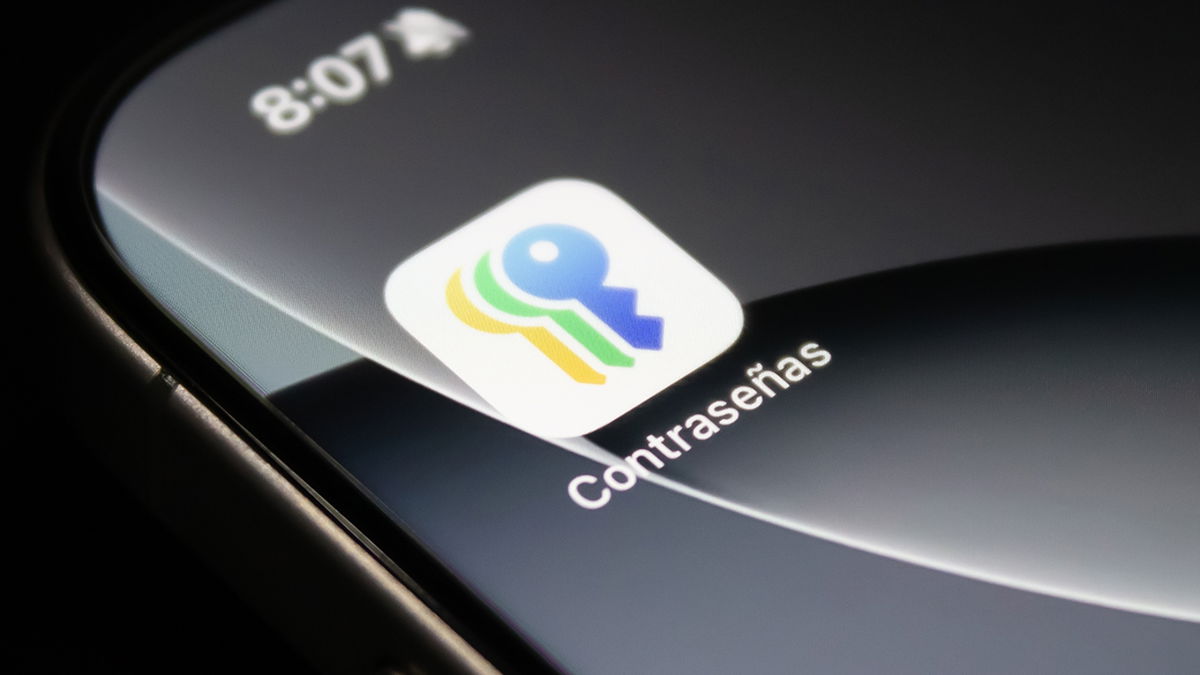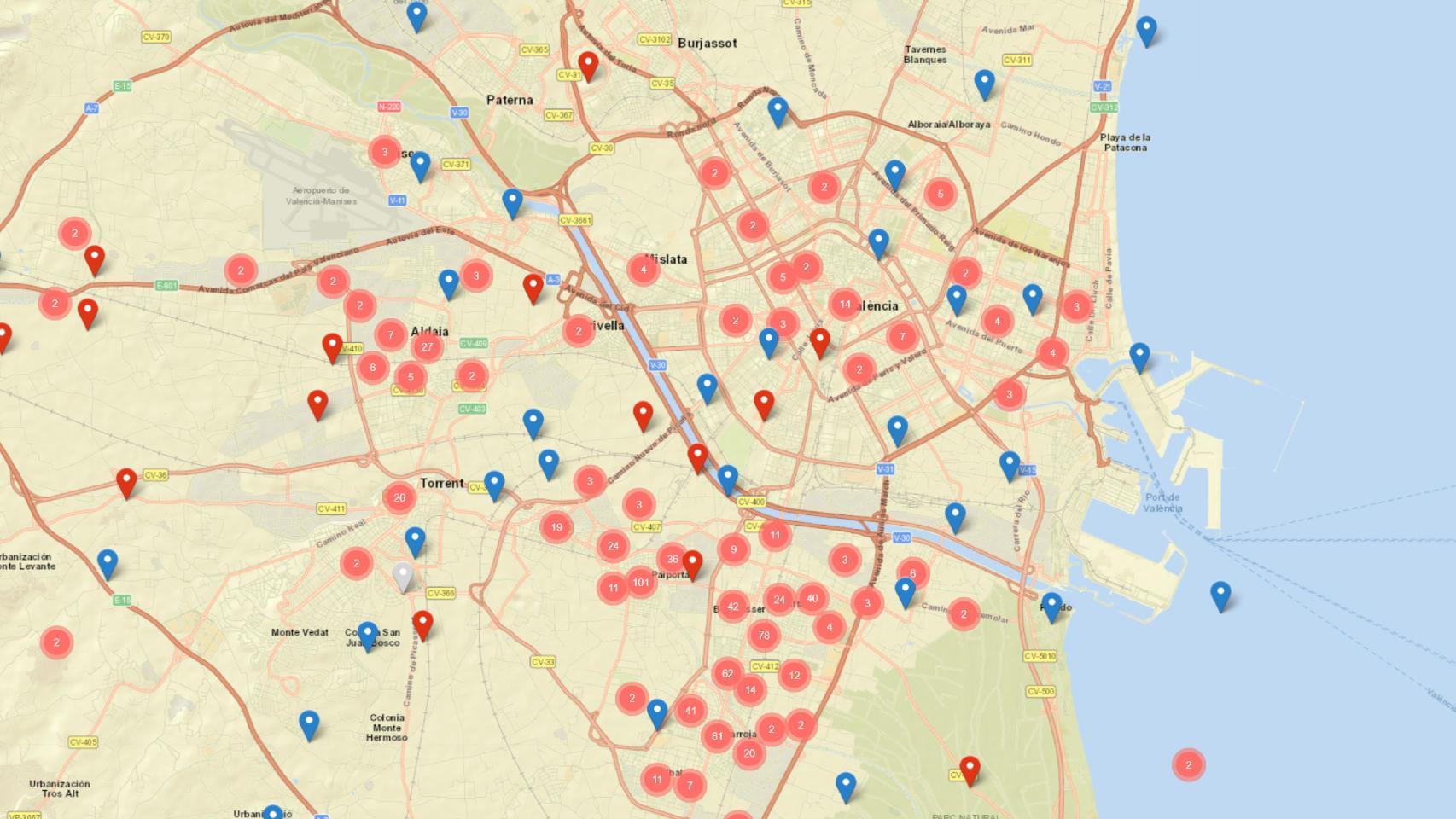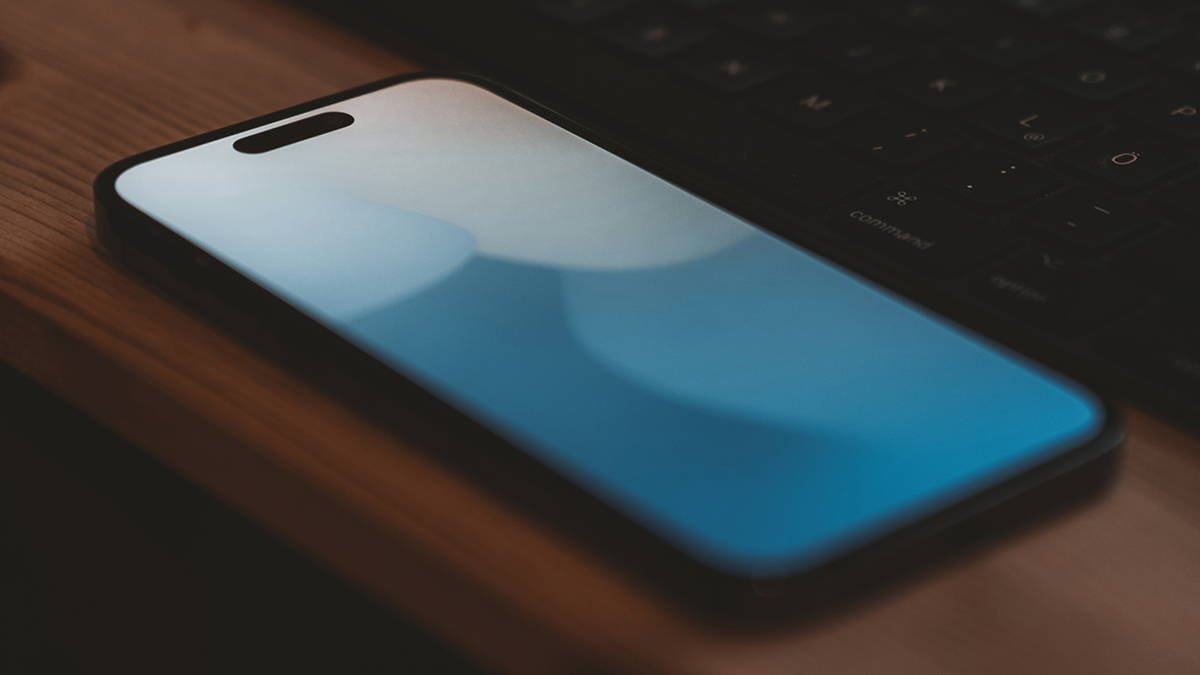
The South Korean company continued its pace of presentation, adapting to the needs of this new way of life to which we are still getting used, that is to say in a completely digital way. The company is repositioning its high-end devices with a triple launch, identical to Apple’s catalog with the iPhone.
We are going to compare the entire Apple iPhone 12 range with the entire Samsung Galaxy S21 range and see what the differences are. In this way we can get an idea of the different options we have and whether at least in the technical section these devices can be put in front.
We start with a warning to surfers, in this comparison you won’t find the iPhone 12 Mini for a reason, it’s exactly the same as the iPhone 12 to dry out but it is way removed from the rest of the device in one. quite relevant functionality, the fact that its overall size is much more compact. However, we will limit ourselves to talking about the iPhone 12, the iPhone 12 Pro and the iPhone 12 Pro Max, Leaving aside this great little device which, due to its dimensions, cannot be compared to Samsung devices.
Technical characteristics and storage
In this case we focus on the fact that the iPhone 12 in all its versions has the processor Apple A14 Bionic
In the case of the new Samsung galaxy s21 mounts the self-made processor in all its versions Exynos 2100 also with 5nm architecture. However, the Exynos processors have always been a step behind the equivalent Qualcomm Snapdragon processors in the high end. In this case, we will have 8 GB of RAM memory for the Galaxy S21 and Galaxy S21 +, while the Galaxy S21 Ultra will have the option of choosing 12 and 16 GB of RAM and everything starts from 128 GB of storage.
Multimedia specifications and displays
We start with the screens, where each of the iPhone models has similar but not identical specifications:
- iPhone 12: 5.4-inch Super Retina XDR OLED display (460PPP) with FHD + resolution.
- iPhone 12 Pro: 6.1-inch (460 DPI) Super Retina XDR OLED display with FHD + resolution.
- iPhone 12 Pro Max: 6.7-inch (458 DPI) Super Retina XDR OLED display with FHD + resolution.
All Apple displays operate at 60Hz and are compatible with technology HDR10 and Dolby Vision. In the sound section we also have compatibility with Dolby Atmos in its full stereo sound, being rated as the best mobile screen on the market.

We go to Samsung where we find the following specifications:
- Galaxy S21: 2x 6.2-inch dynamic AMOLED with FHD + resolution.
- Galaxy S21 +: 2x 6.7-inch dynamic AMOLED with FHD + resolution.
- Galaxy S21 Ultra: 2x 6.8 inch dynamic AMOLED with FHD + resolution.
In this case, all the screens of the Galaxy S21 perform at a delicious 120 Hz, compatible with HDR10 and Dolby Vision as well as the protocol Qualcomm aptX and Dolby Atmos for sound with your AKG stereo speakers. In this section, the Galaxy S21 is quite round and its screens are of recognized quality, always marking the stages of the market.
Connectivity and battery
As in almost everything, the iPhone 12 range shares some characteristics in terms of connectivity. We have 5G (under 6 GHz) and LTE with 4 × 4 MIMO and LAA4, also taking advantage of the features 2 × 2 MIMO Wi-Fi for 6 children.
In other sections we have Bluetooth 5.0 and NFC limited that the Cupertino company offers on its devices only for Apple Pay and certain other rather limited services. Therefore, we hardly miss anything, but we have to mention that mmWare, that is to say the “real” 5G, is not present beyond the United States America, a differentiation that I cannot understand considering the cost of the device.
- iPhone 12: 2,815 mAh
- iPhone 12 Pro: 2,815 mAh
- iPhone 12 Pro Max: 3.687 mAh
We have fast charging up to 20Q in the iPhone, wireless up to 15W via MagSafe, and Qi charging up to 7.5W.
Nothing is missing in the range either Galaxy S21, all devices have full and comprehensive 5G connectivity, in the same way that we have Wi-Fi 6 as in the case of the previous model. As for Bluetooth we find a small jump, since the Galaxy S21 is mounted Bluetooth 5.2, thus adapting to the latest version available on the market.
- Galaxy S21: 4000 mAh
- Galaxy S21 +: 4,800 mAh
- Galaxy S21 Ultra: 5,000 mAh
In this case we have 25W fast charge at a time via Qi as well as the USB-C cable. Of course, we also don’t have the charger included in this case.
Camera comparison
We go to the photographic section where two expert brands meet face to face, we start with the rear:
- iPhone 12: 12 MP f / 1.6 + 12 MP f / 1.6 UGA
- iPhone 12 Pro: 12 MP f / 1.6 + 12 MP f / 1.6 UGA + 12MO Tele f / 2.2 + LiDAR sensor
- iPhone 12 Pro Max: 12 MP f / 1.6 + 12 MP f / 1.6 UGA + 12MO Tele f / 2.0 + LiDAR sensor
In the front cameras of the iPhone we have 12 MP f / 2.2. As we move on to the cameras of the Galaxy S21.
- Galaxy S21: Angular 21MP + Tele x3 from 64MP + UGA 12MP
- Galaxy S21 +: Angular 21MP + Tele x3 from 64MP + UGA 12MP
- Galax S21 Ultra: Angular 108 MP + Tele x10 from 10MP + Tele x3 from 10MP + UGA 12MP + Sensor láser Auto Focus.
In the front We have 10MP for the Galaxy S21 and S21 + while the S21 Ultra throws up to 40MP.
Differentiated details
We’re going to highlight some of the most notable differences that make each device special, starting with the iPhone:
- IP68 protection
- Unlock by FaceID system
- MagSafe compatibility
- Cristal delantero ceramic shield
And now we are going to talk about the detailed features of the Samsung Galaxy S21:
- Ultrasonic fingerprint reader
- Resistance IP68
- 2D face unlock
- Samsung dex
- S Pen support (Galaxy S21 Ultra)
Prices
- iPhone 12: from 959 dollars
- iPhone 12 Pro: from 1159 dollars
- iPhone 12 Pro Max: from 1259 dollars
- Galaxy S21: from 859 dollars
- Galaxy S21 +: from 1059 dollars
- Galaxy S21 Ultra: from 1259 dollars
Table of Contents









